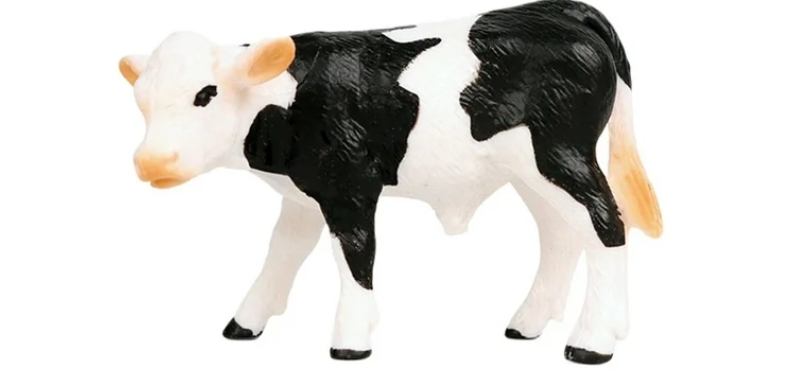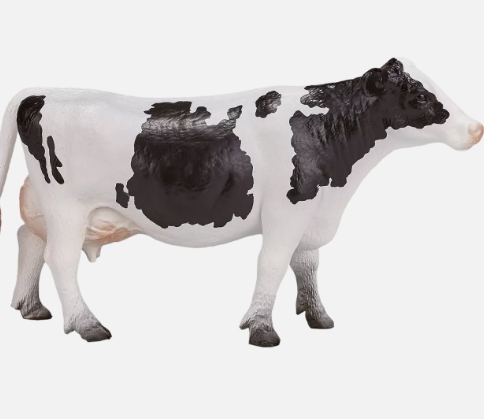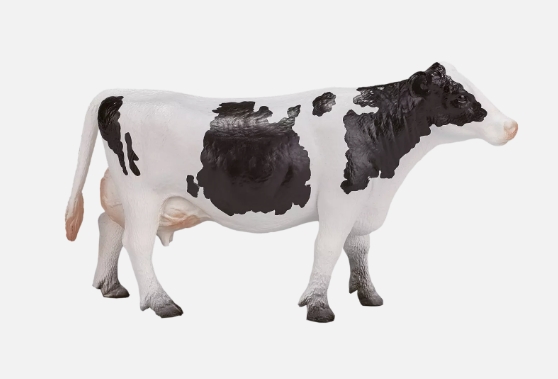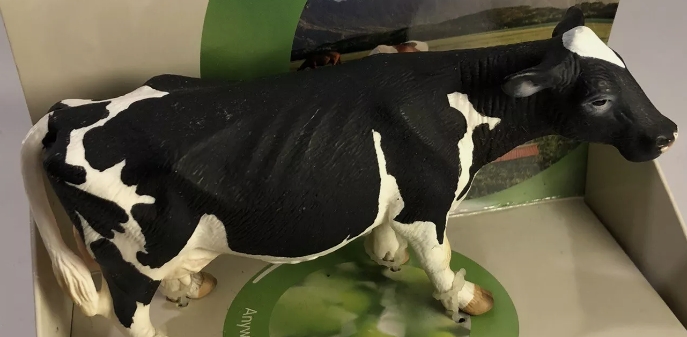Cow modeling is a scientific tool used to study and optimize the production performance of cows. By systematically modeling the growth, reproduction, lactation, nutritional needs, and health status of cows, cow models help farmers and researchers achieve fine management and improve cow productivity and economic efficiency.
Such models are usually based on biological principles, combining a variety of variables such as the cow's genes, feed composition, environmental conditions and management strategies. Researchers can use mathematical models to predict how cows will perform under different conditions and to evaluate the effects of different feeding management practices.
The cow model has wide potential in practical applications. By simulating milk yield, feed conversion and health, farmers can make more scientific decisions and optimize farming plans. At the same time, the cow model also provides an important theoretical basis for the development of dairy industry and promotes the realization of sustainable agriculture.
In summary, the cow model not only improves the production performance of cows, but also provides an effective tool for modern dairy management, which helps to improve the quality and production efficiency of dairy products.




